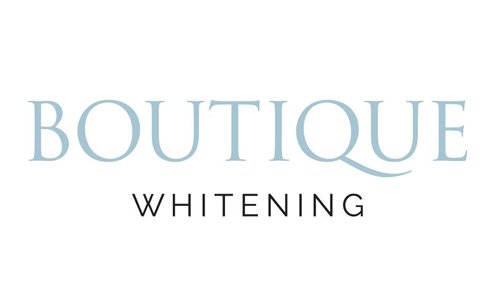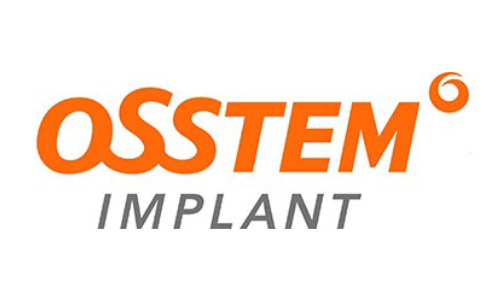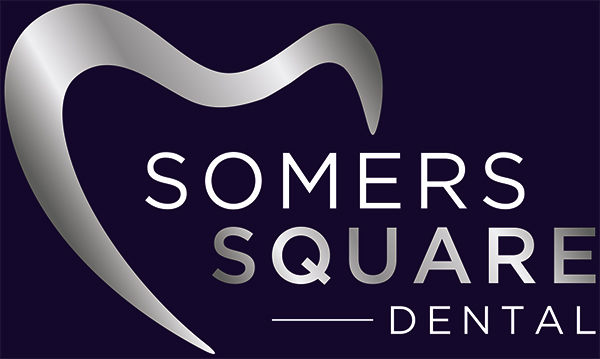Orthodontics
If you would like straight teeth and a beautiful smile book an appointment with our inhouse Orthodontist. Our Orthodontist straightens teeth for both children and adults.
Why Do People Have Orthodontic Treatment?
Orthodontic treatment will correct the positioning of the teeth and will therefore improve the function and appearance. With straighter teeth, your teeth will be easier to keep clean and will reduce your risk of decay or gum disease.
You are a possible candidate for orthodontic treatment if you suffer from any of the below:
- Overcrowding of teeth.
- Gaps between teeth.
- Asymmetrical teeth.
- Protruding teeth.
- Deep bite (upper teeth overlap and cover lower teeth too much).
- Reverse bite (upper teeth bite inside lower teeth).
- Open bite (front teeth remain apart when back teeth meet).
It is important to see an Orthodontist if you would like to achieve straighter teeth and the desired smile..
What is a Specialist Orthodontist?
A specialist Orthodontist is a fully qualified dentist who has undertaken an additional 3+ years training and examinations to qualify in specialist orthodontics. At Somer Square Dental we have Dr. Jerison Issac our specialist orthodontist and Dr. Dave Dehal who has a special interest in Orthodontics.
Dr. Jerison completed training of specialist orthodontist at faculty of dental surgery university of Oradea Romania in 2013.
Dr Dave Dehal has been an orthodontist for over 20 years and completed his Masters at Warwick University and qualified with a Merit in June 2021.
To find out if you are suitable for orthodontic treatment, you will need to book an appointment with Dr Dave Dehal or Dr Jerison Issac.
During your initial consultation with the orthodontists at Somers Square Dental, the orthodontist will carry out a full assessment of your teeth. If required you may also need photographs and a jaw x-ray to show the roots of your teeth.
Once the orthodontist has collected all the information they will then discuss all the suitable brace options with you, how long your treatment will take and how much your treatment will cost.
Orthodontic Braces
Orthodontic braces can be either fixed or removable. A brace or orthodontic appliance is used to straighten your teeth. Braces work by using gentle pressure to gradually move your teeth to the right position.
Removable braces can be removed for eating, drinking and cleaning. Fixed braces are permanently attached to the teeth until the end of treatment.
We understand that you don’t want it to be obvious that you’re wearing braces, which is why we specialise in using discrete braces that are difficult for others to notice.
Teeth Straightening
Tooth coloured ceramic braces for teeth straightening can be used that match the colour of your teeth or are almost completely transparent. Alternatively, removable invisible braces such as Invisalign can be used which are really discrete and can be removed when desired.
Some of the types of orthodontic dental braces we offer at our dental clinic include Invisalign Clear Aligners, Quick Straight Teeth Braces, Quick Straight Teeth Aligners and the Damon System Fixed Braces.
Orthodontic Treatment Procedure
Having a brace fitted is a simple procedure. After the fitting of your brace, it’s normal to feel some discomfort around your teeth and gums as your mouth adjusts to the brace and your teeth slowly begin to move.
The soreness typically disappears within a few days, until which paracetamol can be helpful. Eating and speaking with a brace can feel awkward at first, but again, this passes with time.
After wearing your brace for a couple of weeks, you’ll adjust and the chances are you’ll forget you’re even wearing it.
After your dental brace has been fitted, you will need to visit our clinic every 4-10 weeks so the progress of the teeth straightening can be reviewed and adjustments to the brace can be made for further straightening.
Some braces need to be worn all the time, but others can be removable depending on your case. Though this may seem like a long time, keep in mind that those time-frames are for the final results, and that progress is continual from the outset.
Visible improvements may take just weeks.
What is the Best Age to Have a Brace?
You can have braces at any age; from as young as 7 to as old as 100.
Younger children can see an orthodontist from 7 years old. There will be a mix of baby and adult teeth at this age and although it will not be possible to straighten all the adult teeth, it is important to correct certain problems and prevent more complications that will result in more complicated treatment at a later stage.
The younger age is also ideal to encourage bone growth if required for jaw corrections; this will not be possible once the child has stopped growing.
Adults can have braces at any age. It’s never too late to straighten your teeth. In fact, straighter teeth will help you to have a better bite and function and to help you keep your teeth cleaner and maintain a higher level of oral health.
How Much do Braces Cost?
The price of braces generally varies from around £2000 to £5000. Most braces will average around £3000-£4000.
The cheapest braces are generally fixed metal braces. Fixed ceramic braces are normally an upgrade of a few hundred pounds extra but this is something you can discuss at your appointment.
Invisalign (removable clear aligner) braces can be a similar price at around £2000 – £3000.
The price will also depend on whether the treatment required is simple and quick or if it is complex and lengthy.
The orthodontist will need to examine and assess your teeth to calculate the length of time it will take to straighten in order to calculate the cost.
Retainers will be needed at the end of treatment and can be around £150 to £400 per arch depending on the types of retainers but these are included within the quote you will receive.
How Long Does it Take for Teeth to Move with Braces?
Orthodontic treatment can be completed in as short as 6 months for very minor tooth movements or it can take up to 2 years for more complex treatments.
Most cases will generally take 12 to 18 months for the teeth to line up neatly. It will all depends on whether the teeth are very crowded to begin with or just mildly. Teeth can start to move quite quickly and with Invisalign type braces you will move to the next aligner every 1-2 weeks.
With fixed braces you will need to see the orthodontist every 6 -8 weeks.
Which Brace is Best?
All the braces can be as good as each other but your orthodontist will discuss the best option they feel will suit your needs for the desired result. The best thing to do is to see an orthodontist who provides treatment with all the different brace types.
The orthodontist can help to guide you in your decision making. Occasionally there may also be a specific tooth movement that may be more efficiently or effectively completed with a particular brace so the orthodontist can help advise if that is the case.
Invisalign is removable but will need to be worn for 23 hours per day so you need to be committed for this brace option.
How do I Choose Which Brace to Have?
There are many types of braces to choose from. Cost and appearance tend to be the main deciding factors.
If cost is the most important factor then traditional metal braces are most likely to be the cheapest, followed by ceramic braces or Invisalign.
If the most important thing is appearance, then the Invisalign followed by clear brace is the least visible. The traditional metal braces are the least discreet.
Invisalign type braces, although removable, need to be worn for 23 hours per day, so if you are unable to commit to this, then fixed braces may be a better option for you.
Occasionally certain tooth movements can also influence the brace type used and an orthodontist who provides all the brace options can guide you on whether one brace can achieve certain movements better.
How Are Braces Fitted and Removed?
Fixed braces comprise of small rectangular brackets (one for each tooth) and a wire. The brackets are bonded to each tooth and once they are glued in the correct positions the wire is slotted into the bracket grooves.
Small elastic bands are popped over each bracket keeping the wire held on tightly. At the end of treatment, the brackets are gently lifted off the tooth. The tooth is then polished to remove any remaining glue.
Invisalign braces comprise of a set of clear plastic aligners which are removable. However, there will normally be a few small attachments that will be bonded to a few of the teeth. The attachments are tiny clear blobs and when the aligners are not in the mouth you can barely see them.
At the end of treatment, the bond is filed off and the tooth is polished.
What Happens After Braces Come Off?
Once the brace is removed it is extremely important to have retainers to hold the teeth in their new positions if this is deemed possible. Teeth will unfortunately move back if they are not held in position permanently.
There are 2 main types of retainers; fixed and removable. The fixed wire retainer is a thin wire that is glued to the back of the front 6 teeth. This wire prevents rotations of the front teeth.
The removable retainer is commonly a clear plastic tray which is moulded to the shape of your own teeth. The removable retainer prevents larger tooth movements and changes in the shape of the arch as well as holding the front teeth in position.
Both retainers are recommended best practice as the removable retainer will only be worn during the night. The fixed wire retainer will be permanently holding the front teeth secure.
Accreditations / Associations
Somers Square Dental Practice are proud to be accredited by and associated with the following endorsements:







